Home, Earth, and
Garden 2024
How Santa Barbara Protects and
Beautifies Its Patch of Planet
By Tyler Hayden & Indy Staff
April 25, 2024
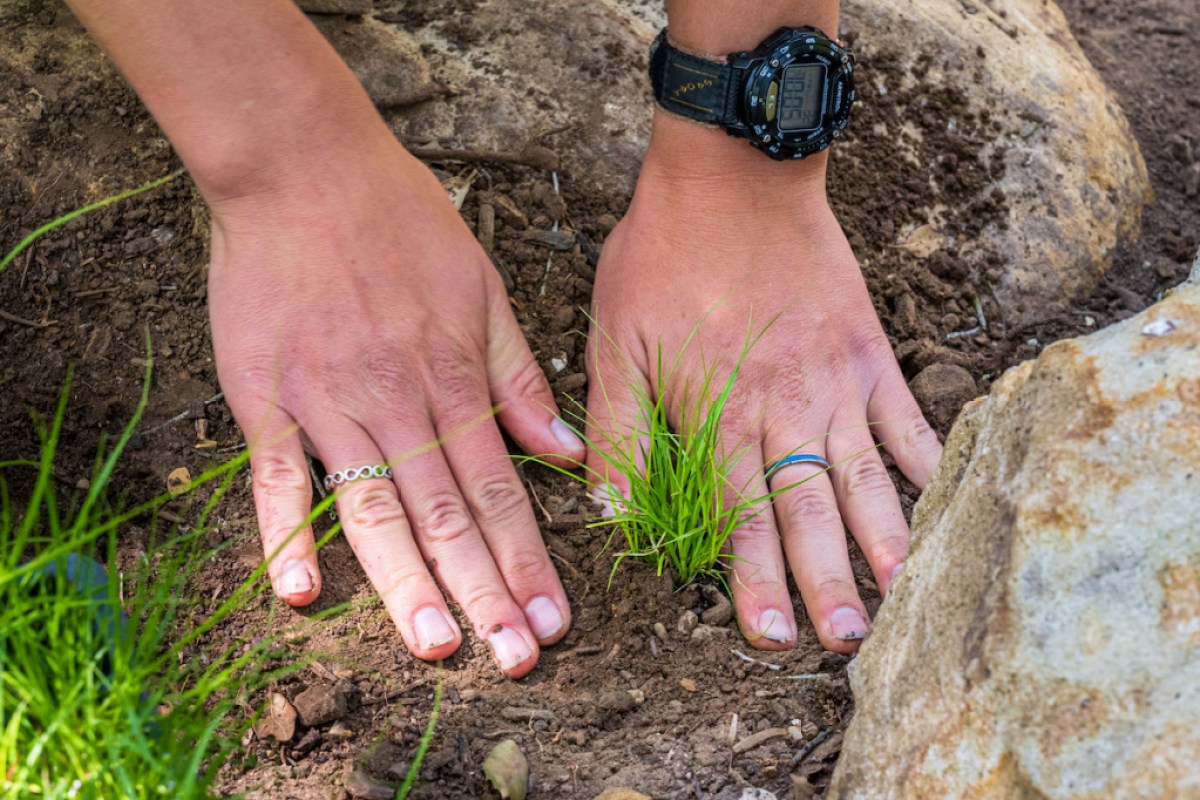
This year, we celebrate the 54th Earth Day, and though our planet may be a bit worse for wear, we ought to take comfort in knowing many of us have taken notice, and taken action.
Whether it’s a freshly graduated class of native plant landscapers, a free concierge service that makes EVs much more affordable, or the Santa Barbara businesses that prioritize sustainability over product-pushing, there are signs of energy and creativity all over our region in the global climate fight. Particularly among the Community Environmental Council’s newest cohort of Climate Stewards.
Enjoy these stories. There are things to learn and efforts to appreciate. And don’t miss the festival. I’ll be the one test-driving a Rivian.
—Tyler Hayden
The Art and Science of Native Landscaping
EVs Are Finally Within Reach, and Here’s How to Grab One
Boxed Wine Goes Luxury ― and Sustainable
Making Space for Rethinking Scraps
The Beauty of Unburdening
Poison Is Never the Solution
The Dos and Don’ts of Backyard Chickens
Historic Santa Barbara Church Now a Design Sanctuary
The Art and Science of Native Landscaping
Santa Barbara Botanic Garden Now Hosting Professional Certificate Program
By Tyler Hayden
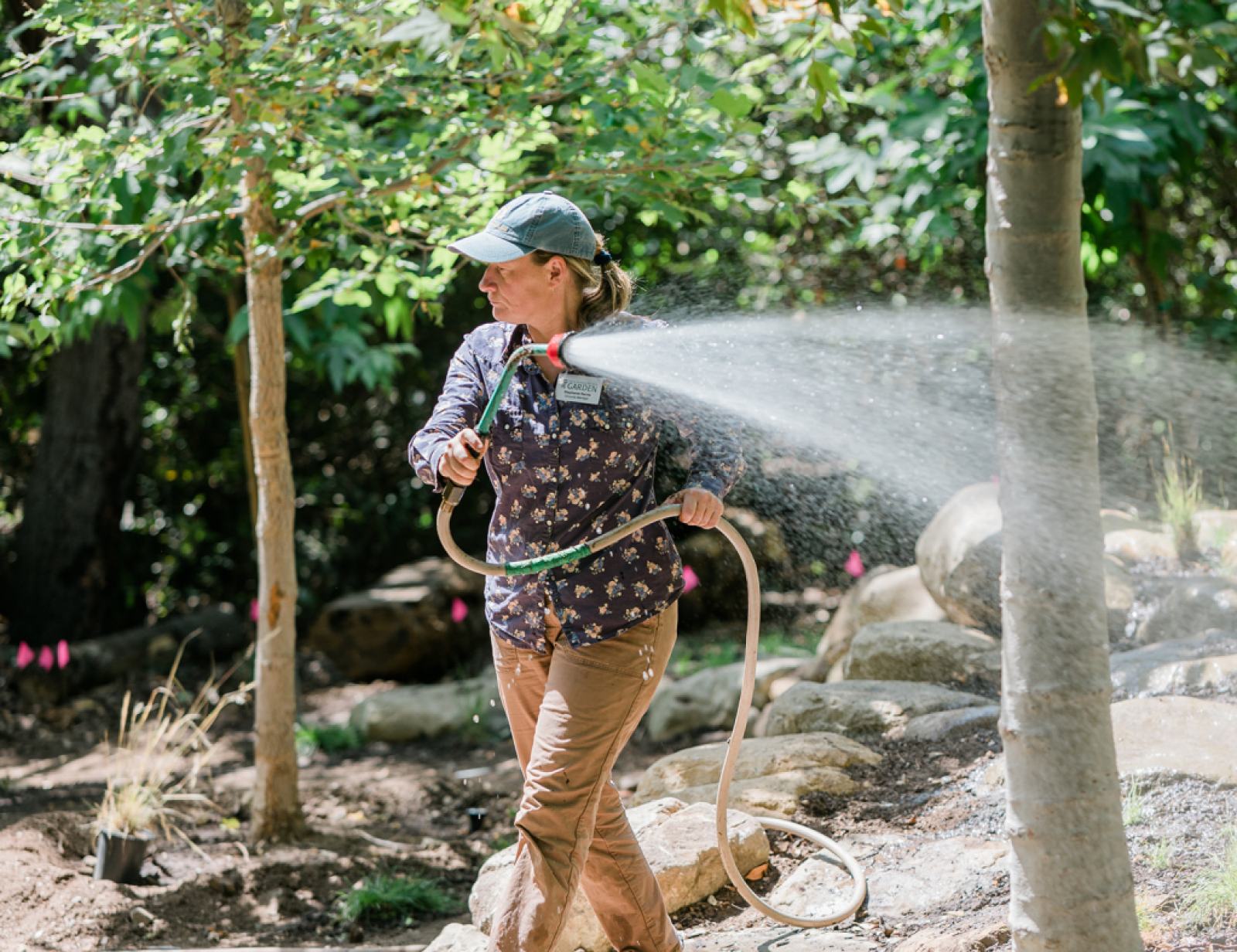
Last month, the Santa Barbara Botanic Garden graduated its first class of landscapers who were officially certified as native plant specialists. Over the course of the 19-hour job-training program, the two dozen participants learned about the specific care that California natives need, from watering schedules to pruning techniques to pest management, all with the throughline of creating landscapes as pockets of biodiversity, not just decoration.
“One of the things we really emphasize is gardening for habitat,” explained Horticultural Educator Alejandro Lemus. “Really embracing brown as a color and starting to see how all aspects of a plant — its flowers, leaves, branches, seeds — support wildlife.” For instance, Lemus told the class, you can wait to prune that white sage until late in the summer when seed-eating birds have had their fill. Or, consider these pollinators that specifically serve California honeybees instead of the overindulged Europeans.
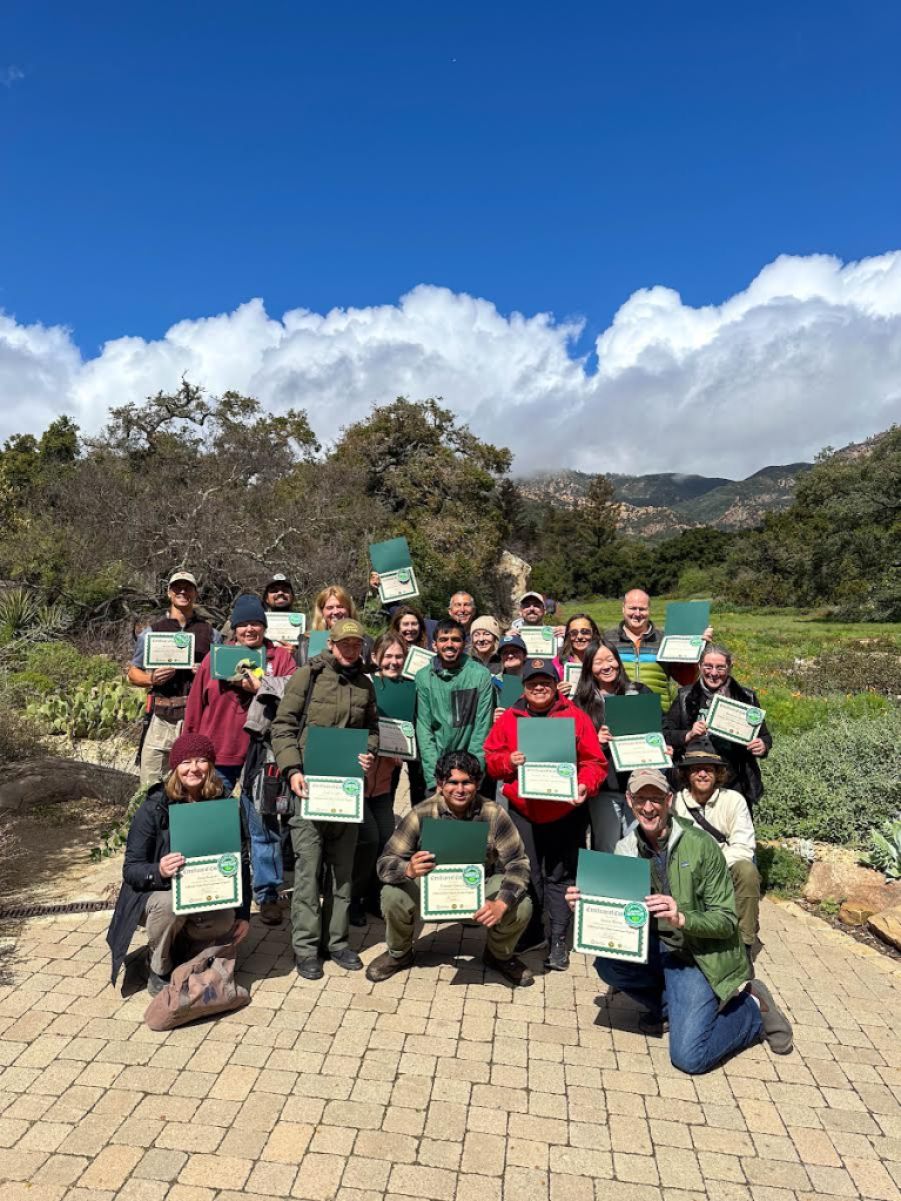
Licensed and launched through the Theodore Payne Foundation and the California Native Plant Society, the Botanic Garden’s new California Native Plant Landscaper Certificate (CNPLC) program is already so popular they’ve scheduled three more sessions this year with space filling up fast. “This is really just the beginning,” said Executive Director Steve Windhager. “The demand is there, and we’ll keep offering courses as often as possible.”
Interest in native landscaping has existed for some time, Windhager said, but it’s grown even stronger with the understanding that planting habitat for wildlife is just as important as conserving water. “If what you’re trying to do is save water and ensure our planet can survive the sixth mass extinction,” he said, “our gardens can play a huge role in making sure biodiversity makes it through climate change.”
Once they receive their certificate, Windhager explained, program graduates are listed on job boards where they can connect with clients looking for native specialists. “It’s a great opportunity to launch or expand a business,” he said. “It could be for someone early in their career or looking to add a new element to their services.”
Among the first cohort were professional landscapers, city and county parks staff, and Botanic Garden employees. “It’s not to say that traditional gardeners or gardeners who work with exotic plants or other ornamental plants don’t have these horticultural skills,” said Lemus, who offers the course in English and Spanish. “It’s about helping them learn more about the nuanced care that native plants require.”
Last year, the Botanic Garden announced its plan to create native sanctuaries along the Central Coast, with the goal of achieving 30 percent native plant coverage in the areas people live, work, and play by 2030. It’s a major undertaking, and the CNPLC program is a key part of those efforts, Windhager said.


For those who may not be in the landscaping business but want to learn more about natives, the Garden also offers a full calendar of public lectures and events. “They’re so amenable to being used in so many different ways,” said Lemus. “They can be used in a more formal garden or in a space that looks more naturalistic,” he went on, including urban settings that are typically more manicured. “It takes a moment to get people to think that way, but once the message is driven home, the lightbulb goes on,” he said.
See sbbotanicgarden.org.
EVs Are Finally Within Reach,
and Here’s How to Grab One
Electrify Your Life Program Helps Buyers Navigate Maze of Incentives
By Tyler Hayden
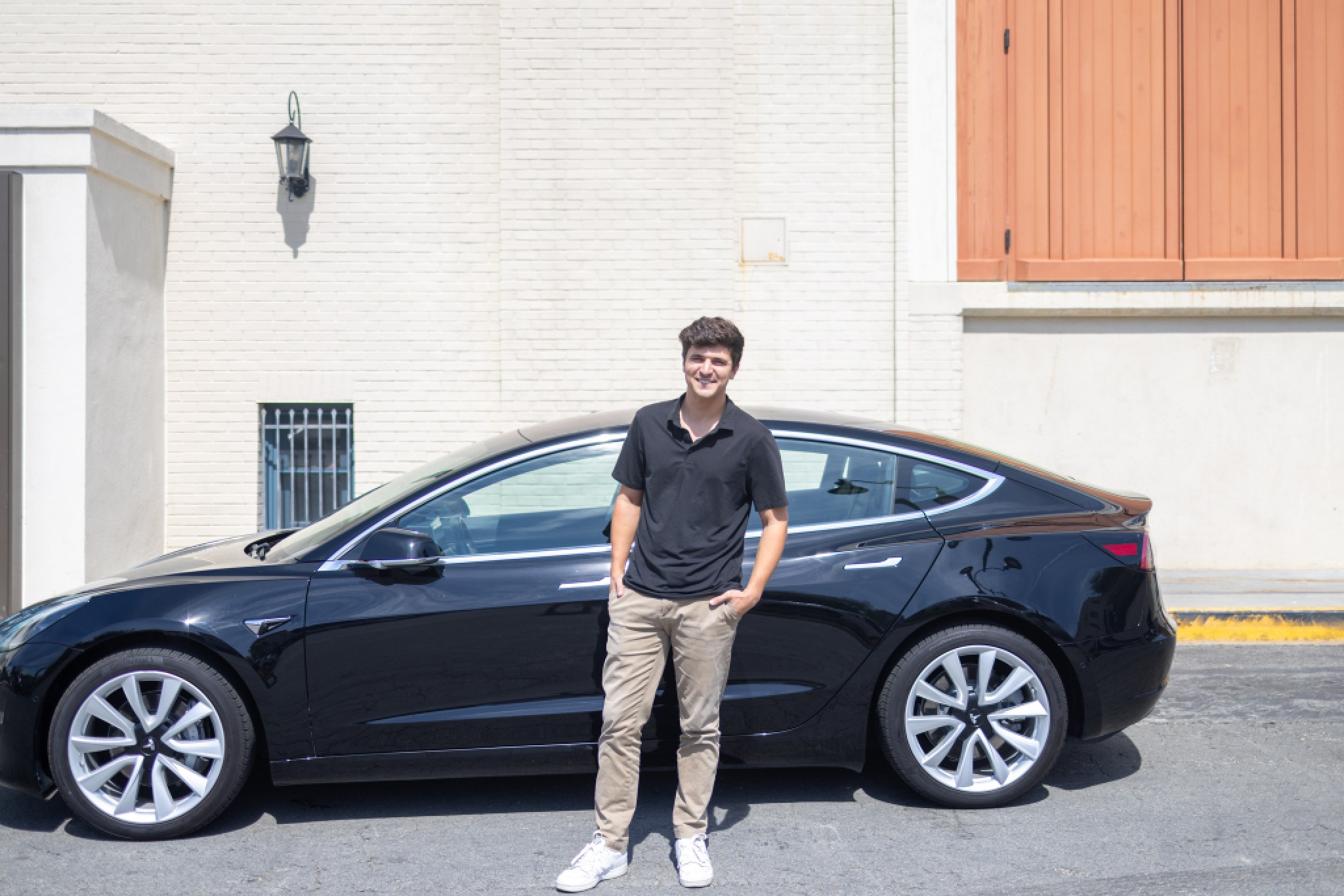
Sean McArthur had his eye on a Tesla for years. “I always thought they looked really pretty,” he said. “And their infrastructure” — meaning their charging stations and service centers — “is built out really well.” But like many who covet an electric vehicle (EV), McArthur couldn’t afford one. “It was out of my reach for quite some time,” he said.
Last month, McArthur became the proud new owner of a sleek, black 2018 Model 3. Through a combination of federal tax credits, used EV rebates, and a low-income grant, he was able to knock more than $9,000 off the $23,400 price and finally take the wheel of his dream car. “I’ve been loving it,” he said.
Navigating and applying all the different financial incentives was fairly straightforward for McArthur, because that’s what he does for a living as Climate Projects Manager for the Community Environmental Council (CEC). Over the last two years, he’s helped hundreds of Santa Barbara residents purchase an EV without breaking the bank, recently saving one buyer $26,000 on their new car. “I’ve had a lot of practice,” he said. “If I didn’t have that experience, it would have been pretty challenging.”
The challenge comes from identifying and coordinating with the multiple people and organizations that manage the incentives, McArthur explained, from grant staff to dealership employees to loan officers, and so on. “You have to make sure everything lines up correctly, otherwise you might not get the funds,” he said. “We walk people through that process.”
This free, bilingual concierge service is offered across the tri-counties through the CEC’s Electrify Your Life program, which also assists with solar systems and heat pumps. Participants fill out an online form with the incentives they’re interested in, and a CEC staff member responds within two business days, ready to answer any questions they may have.
This weekend, the CEC will also host a Green Car Show at the Earth Day Festival, where they’ll hand out literature and offer test drives of a Lucid and a Rivian, as well as an EV Jeep and Nissan. “We’re going to have some really cool vehicles,” McArthur said, a recent UCSB graduate and self-proclaimed car guy.
Among the most common worries McArthur hears from people considering an EV is that they’re simply too expensive, even with the incentives. That may have been true a few years ago, he said, but more recently, “the cost of vehicles has dropped significantly” with fewer supply-chain issues and more options on the market as major automakers pivot to electric. People also forget to factor in fuel cost when deciding their budget, McArthur said, which can add up to $400 in savings a month.
Because McArthur is a renter, he relies on public chargers to keep his Model 3 juiced up. “Fortunately,” he said, “the city and private businesses have been installing a lot of charges around town.” The longest he’s had to wait was five minutes, and there’s always one nearby, whether he’s commuting to work or running errands. “It’s a lot less of a hassle than people think,” he said, noting that “misinformation is pretty rampant around EVs,” particularly over their battery life and range. His can go more than 300 miles without plugging in.
Meanwhile, property owners are beginning to install chargers in multi-family complexes, McArthur said. “We’re starting to see a lot more adoption, and pretty soon, it’s going to become an expected amenity.” That’s something the CEC can assist landlords with, he said. “If you have any questions, come by the booth on Earth Day,” he said. “We’re happy to chat.”
See cecsb.org/electrify-your-life.
Boxed Wine Goes Luxury ― and Sustainable
Juliet Carried by Lazy Acres and Served at El Encanto
By Tyler Hayden
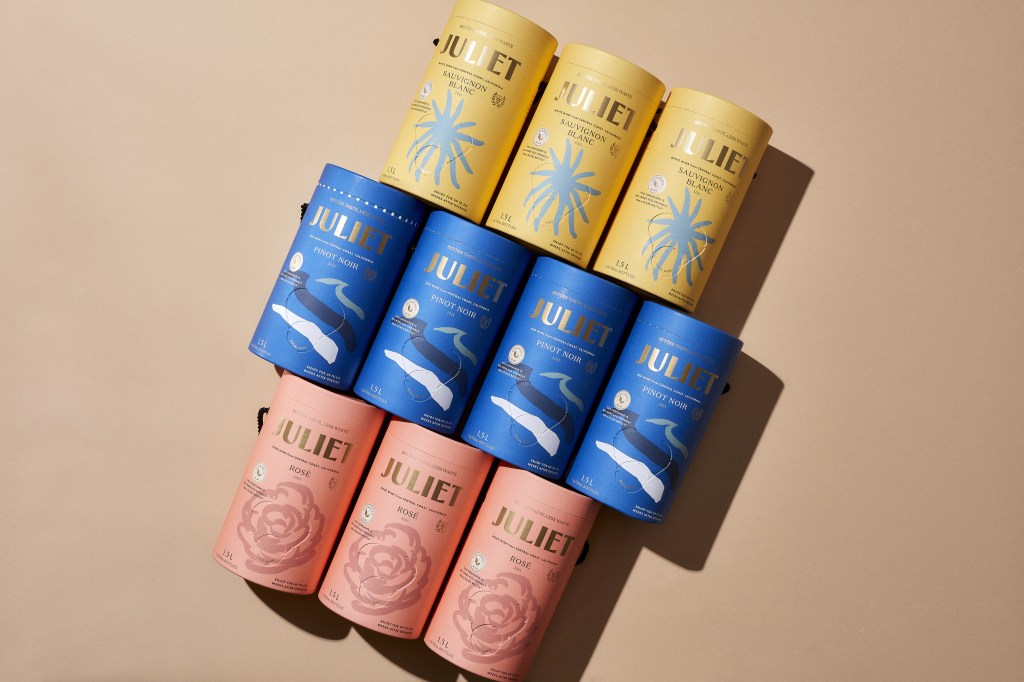
“Boxed wine” and “luxury” are terms that have never really paired well. That changed in the summer of 2022, when Allison Luvera and Lauren De Niro Pipher launched Juliet, an upscale and eco-forward boxed wine produced right here in Santa Barbara County.
Longtime friends and with experience in sales, marketing, and wine and spirits, the two women discovered during COVID — during which many of us experienced an increase in alcohol consumption — that the production of glass bottles and their transport are the number-one contributor to the wine industry’s substantial carbon footprint.
As conscious consumers who believe in putting their money where their mouth is, the pair set out to find an eco-friendly wine that didn’t sacrifice on the taste or quality. When they couldn’t find one, they decided to fill that gap in the market. “It was an innovation opportunity,” said Pipher.
Juliet’s chic Eco-Magnum™ packaging is made with 100 percent recyclable materials and produces 84 percent less waste than glass bottles, explained Pipher. The wines themselves — a sauvignon blanc, grenache rosé, pinot noir, chardonnay, cabernet sauvignon, and limited-time orange — are produced in a low-intervention style (meaning no artificial additives) by a Certified California Sustainable winery located in the Santa Ynez Valley.
Each reusable Eco-Magnum™ holds the equivalent of two bottles of wine, leading to less waste and fewer orders, Pipher said. And they stay fresh for more than four weeks after opening, so no more half-full bottles down the drain. Approximately 97 percent of wines in America are consumed within six to nine months of their purchase, Pipher noted. “The idea of aging wine in glass bottles is outdated,” she said. “There is no reason other than tradition that you need to drink wine out of a bottle anymore.”
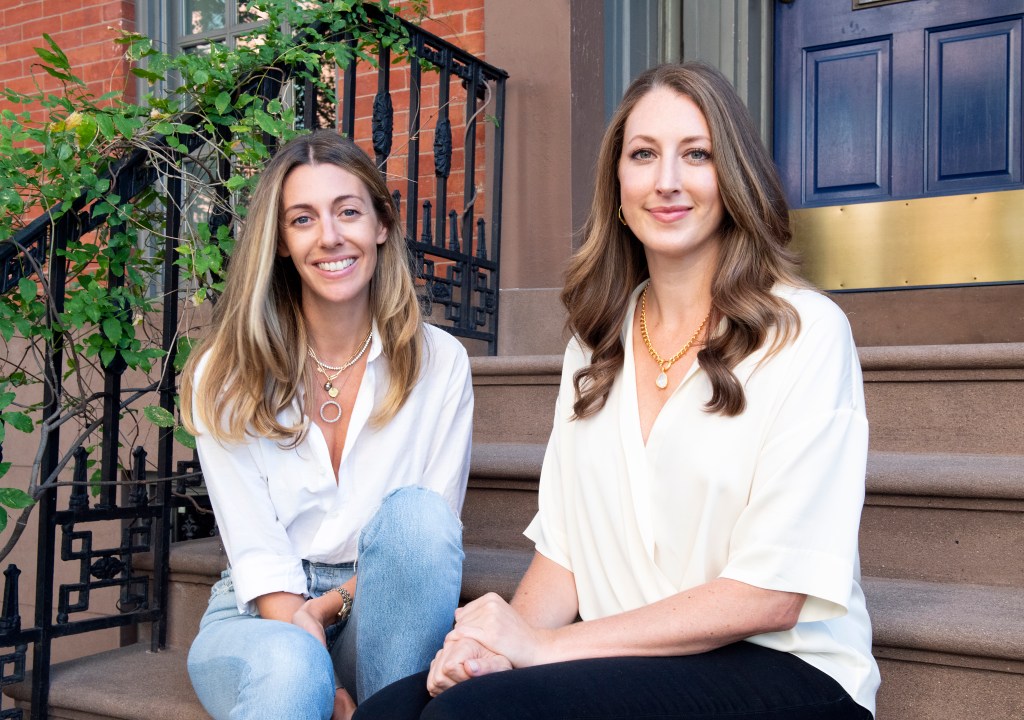
Juliet is now carried by more than 100 West Coast retailers and, already fulfilling one of the young company’s major goals, recently made the leap from shelves to tableside service, Pipher said. It’s now being offered at high-end hotels like the Belmond El Encanto, Solage Resort & Spa in Napa, and The Draycott in the Pacific Palisades. New partnerships with Lazy Acres and Bristol Farms are also in the works.
Pipher said it’s her dream to one day see wine shops offering half of their products in boxes, “to allow people to have a choice.” And she welcomes competition. “Rising tides raise all ships,” she said. “We want to see more people in the market making quality product in alternative packaging. That will help end the stigma around boxed wine that we’re fighting against.”
See drinkjuliet.com.
Making Space for Rethinking Scraps
Explore Ecology’s New ‘Makerspace’ Holds Workshops for Creative Reuse
By Callie Fausey
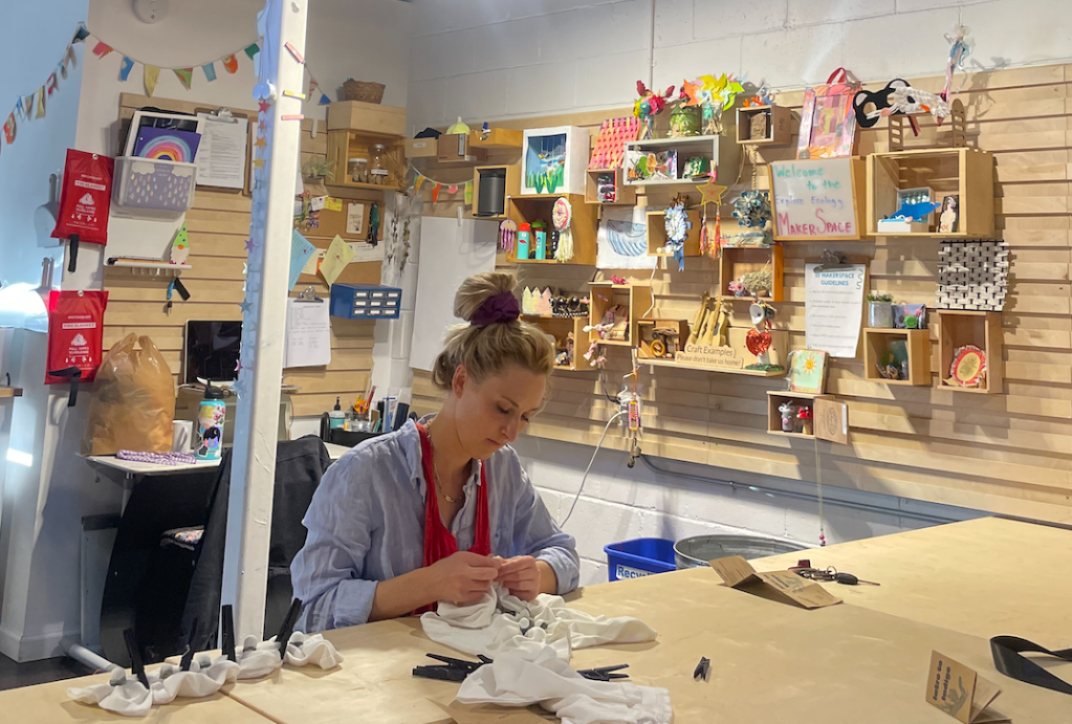
Surrounded by colorful shelves of crafts and scraps in Explore Ecology’s new Makerspace, I picked out some tools (rubber bands and string) for dyeing a white bandana. Outside, a few vats of indigo, a natural dye, were marinating in the spring air.
My bandana’s design was pretty simple — a spiral — compared to the other participants’ complex creations during the Makerspace’s “Indigo Shibori Workshop,” hosted by natural-dye-extraordinaire Rachel Palmer. People brought bathing suits, scarves, towels, and tops from home to dye using the Japanese shibori technique, which involves making intricate patterns with simple materials and manually dunking, rinsing, and wringing out the fabric.
“Your mom would be so proud,” said one participant to another as they held up their finished product.
The workshop exemplified the main idea behind the Makerspace: finding new, low-cost ways to creatively reuse or breathe life into different materials. Called a “hub for sustainability education,” the Makerspace — located above Art from Scrap in what was formerly a gallery — encourages its workshop participants, both young and old, to rethink what they might consider waste and open a window into the endless artistic possibilities of “scraps.”
“What I’m trying to do is build out programming that is centered around all the materials that get donated into the store downstairs,” said Makerspace Coordinator Sarah Van Lant, whose white shoes were splattered with dye. “I get to see what we have and take inspiration from those materials and say, ‘Okay, what can we make with this?’ ”
Sewing and textiles have been a recent “theme,” which Van Lant uses to coordinate both their weekly “Crafternoons” for kids and the adult workshops (ranging from $8-$30). In March, they held an “Intro to Mending” workshop for learning how to patch, sew, and fix old or worn garments, to “repair and re-wear” those ripped jeans, rather than throw them out.
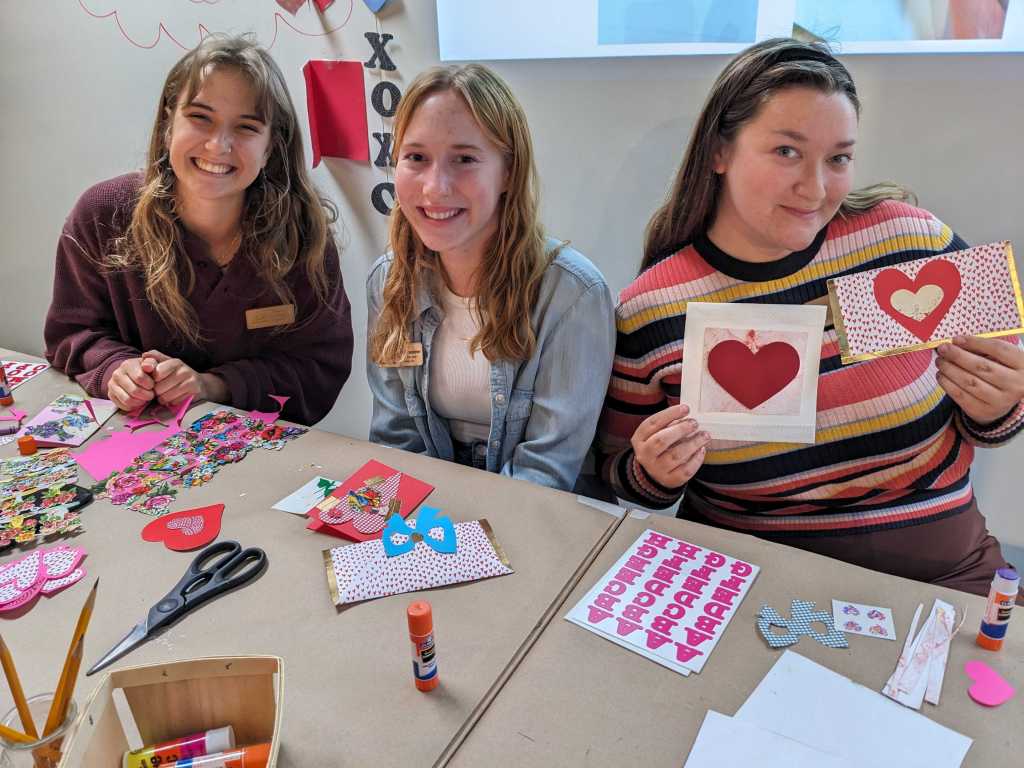
Van Lant plans to make mending a monthly opportunity starting in June. “People can bring stuff from home, they can learn how to use a sewing machine, they can ask for support from the staff, but then, hopefully, there will be people who love to sew and who want to come and be with other sewers and create that little community,” Van Lant said.
Also coming up is a “Leather Accessories Workshop” on April 30 and an “Educator Night Workshop” about upcycling vintage teacups on May 21. The educator nights came from Van Lant — a former teacher herself — envisioning a space for teachers to pause, embrace their creative spirit, and celebrate the work they do. “Because being a teacher is hard,” she said.
But, overall, the space is for anyone who wants to learn new ways to revive old materials or just get creative. My bandana has yet to be washed and made ready-to-wear. But when I do wear it, I’ll know where to take it if it ever gets a rip.
Interested participants can learn more about upcoming workshops on Explore Ecology’s website, exploreecology.org.
The Beauty of Unburdening
The Efficiency Project Offers Home Organizing and Peace of Mind
By Tyler Hayden
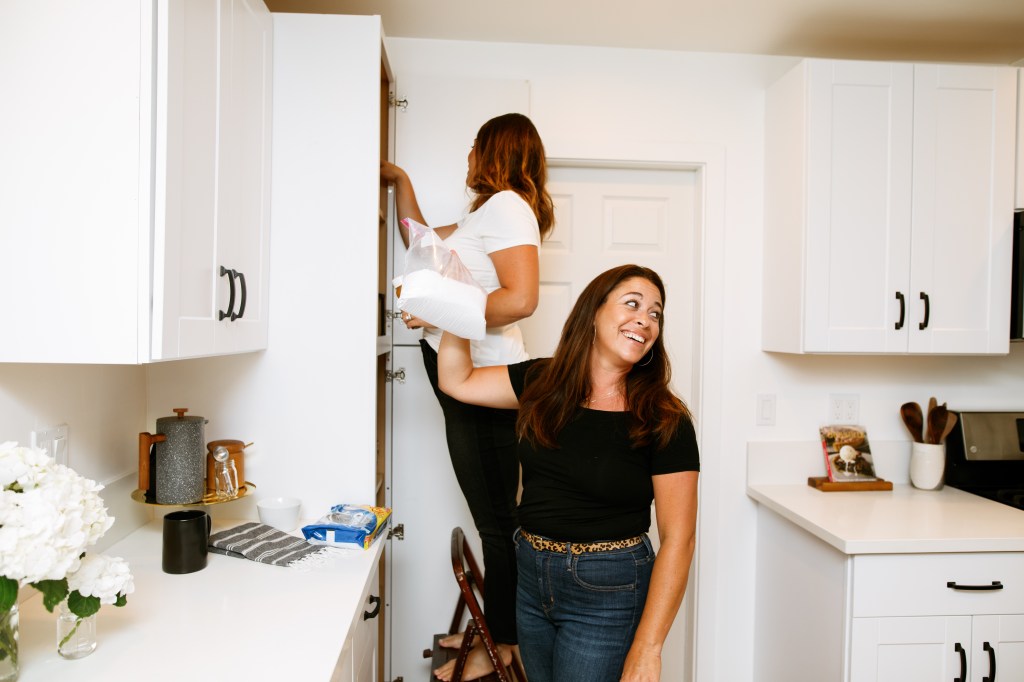
As a professional organizer, Alia Glasgow has been in a lot of closets and garages. It’s often not pretty. “I’ve seen some things…,” she said. But surrounded by piles of possessions is where Glasgow is happiest, as she and her team declutter and refresh their clients’ homes into more pleasant and usable spaces.
Glasgow started The Efficiency Project six years ago with her sister Casey Geeb, an interior designer. They grew up in a two-bedroom, one-bath apartment on the Westside, so minimalism and frugality were baked into them at an early age. In her adult life, Glasgow became a daycare provider with kids of her own, and then an event planner. “I can deal with a bit of chaos in life,” she said. “It’s okay if things get a messy.”
Glasgow’s services range from three-hour purge sessions, where she helps clients decide what to keep, donate, and toss, to full-day team projects, during which her crew tackles kitchens, walk-in closets, and other areas in need of their empty-sort-edit-organize approach. They can help with the purchase and installation of shelves and cabinets — coordinating a handyman if necessary — and frequently pick up new bins and containers. “We get creative,” she said.
But Glasgow never pushes products just for the sake of doing so, she promises. She utilizes a home’s existing infrastructure — like an old, unused bookshelf in the garage, for example — for storage before making any new purchases. With sustainability in mind, she also offers one free donation haul for every day of service. The team fills their new van, named Pebbles, with unwanted items that they then donate to thrift stores or unload through Facebook Marketplace. “We do everything we can to keep stuff out of the landfill,” Glasgow said.
Right now, The Efficiency Project is offering a full-house organizing package based on the concept of “Swedish Death Cleaning,” an admittedly morbid name for an overwhelmingly positive process. The idea, Glasgow said, is to free your home of clutter so your family won’t be saddled with your things when you’re gone. Even if no one is departing anytime soon, the weeklong, top-to-bottom service is a relief for clients, including new empty-nesters.

“People tell me they can breathe again,” Glasgow said. “They feel lighter. That’s the feeling of being unburdened.” At the same time, Glasgow is launching online workshops for those who maybe can’t afford in-person interventions but could use some help getting started with tips and tricks from pros. “We try to be accessible to everyone and all budgets,” she said. Return clients who receive “refresher sessions” — because houses are always in flux, Glasgow said — get discounts.
Glasgow tells her clients there’s no shame in needing a hand to get their living space in order. Most often, she hears they simply don’t know where to begin, or even if they’ve identified first steps, they’re too overwhelmed to dive in. “Our clients are very capable people,” she said. “They’re just busy.” Dispense with those feelings of guilt, she advises, and recognize there are only so many hours in the day. “Accomplish what you can,” she said, “and it’s okay to outsource what you can’t.”
Just as important, Glasgow said, is to be mindful of everything you bring into your home. “Every single item will have to be managed at some point — you’ll need to cook it, clean it, store it, dispose of it,” she said. “Thinking that way will help you be a conscious consumer.”
Poison Is Never the Solution
Earth-Friendly Tips from Mr. Greenjeans for Healthy Fruits and Veggies
By Randy Arnowitz
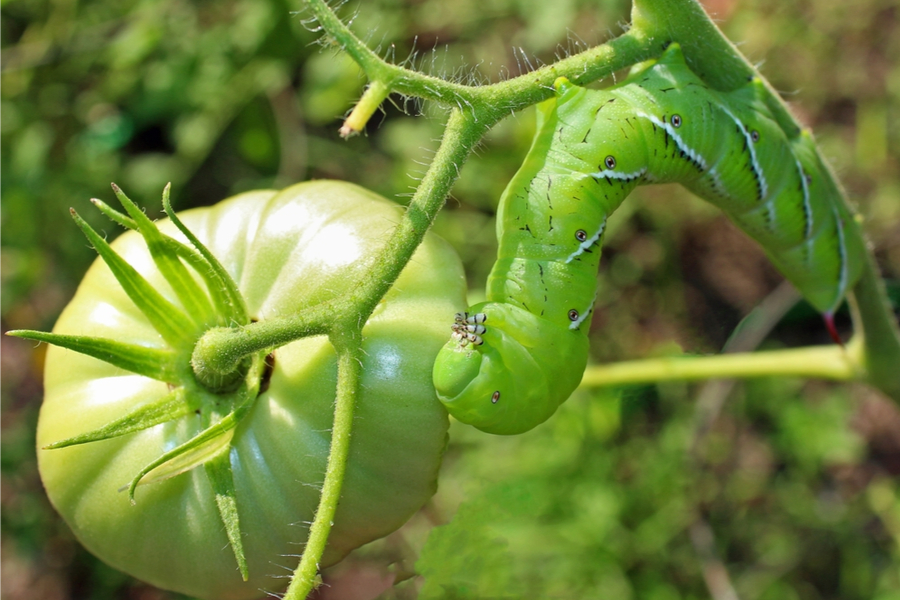
When grown in your home garden, lettuces are leafier, carrots crisper, citrus sweeter, and tomatoes, well, tomato-ier. In fact, many homegrown edibles outshine the stuff you get at the supermarket, and sometimes even the farmers’ market.
The process is unbelievably satisfying, even therapeutic. I am still astounded when I yank a green top from the soil and — boo-yah! — there’s a fully formed beet or carrot attached to it.
On the other hand, growing your own edibles can be frustrating. You may find yourself up against the bugs, diseases, wildlife, and other opposing forces of nature that will have their eyes and mouthparts on your crops.
If you are trying to be a responsible steward of the planet, or at least of your backyard, putting poison on your plants and soil is never the solution. In the event that a snag or two arises on your gardening journey, here are a few earth-friendly tips on how to solve them.
Fertilizing
Proper fertilizing is key to help stave off disease. And this part may sound complicated, but it really isn’t. On the fertilizer bag, there will be three numbers. These numbers are the percentages of three nutrients in the bag by weight: nitrogen (N), phosphorus (P), and potassium (K).
- Nitrogen (N) is used by plants for lots of leaf growth and good, green color. It can be found in blood meal, cottonseed meal, chicken manure, and fish emulsion.
- Phosphorus (P) helps plants form new roots and make seeds, fruit, and flowers. It also fights disease. Bone meal, fish bone meal, and kelp meal are all good sources of phosphorus.
- Potassium (K) makes strong stems, helps regulate root and top growth, and keeps plants healthy overall. Add backyard compost, kelp meal, and banana peels to your soil to increase potassium.
Bugs
Insects are bound to show up in your edible garden. When they do, try these non-toxic remedies.
- Rub aphids off with your fingers and a steady stream from a hose nozzle.
- Large invaders like snails, grasshoppers, and those behemoth tomato hornworms can be hand-collected and disposed of. Be creative. Ducks love snails. Toss a hornworm to a scrub jay.
- Use neem or horticultural oil on citrus to control mites, mealybugs, and scale.
- Citrus leafminers can be kept at bay with spinosad and hand-trimming.
Varmints
I am a person that hates killing anything and have even been known to relocate flies and mosquitoes trapped in the house. I have to say, though, that I draw the line when animals invade my garden space.
- Gophers eat the roots and sometimes the tops of your plants. GopherHawk traps are foolproof if set properly. The grain bait doesn’t work for me, and I don’t want birds eating it.
- Much smaller critters than gophers, moles can excavate as much or more soil than their burrowing brethren. They’re hard to get rid of but possible to snag with a Moleinator trap. Just watch your fingers. And your dogs.
- Voles live in colonies, and it’s possible to trap them all if you have the time. I built mine with aluminum drain pipe and mouse traps. I used oatmeal for bait.
- Good luck with squirrels and chipmunks. Consider building a walk-in cage around your garden and raised beds.
- Trap rats and mice in your home, garage, or shed. Traditional snap traps still work the best, but keep them out of the way of pets and birds. Bait them with half an almond and you’ll get one every time. Avoid glue traps, please.
Randy Arnowitz, or Mr. Greenjeans, as he is known around Santa Barbara, is a garden consultant, writer, horticulturist, rosarian, and lover of all things green. Find him at greenjeansmr.com.
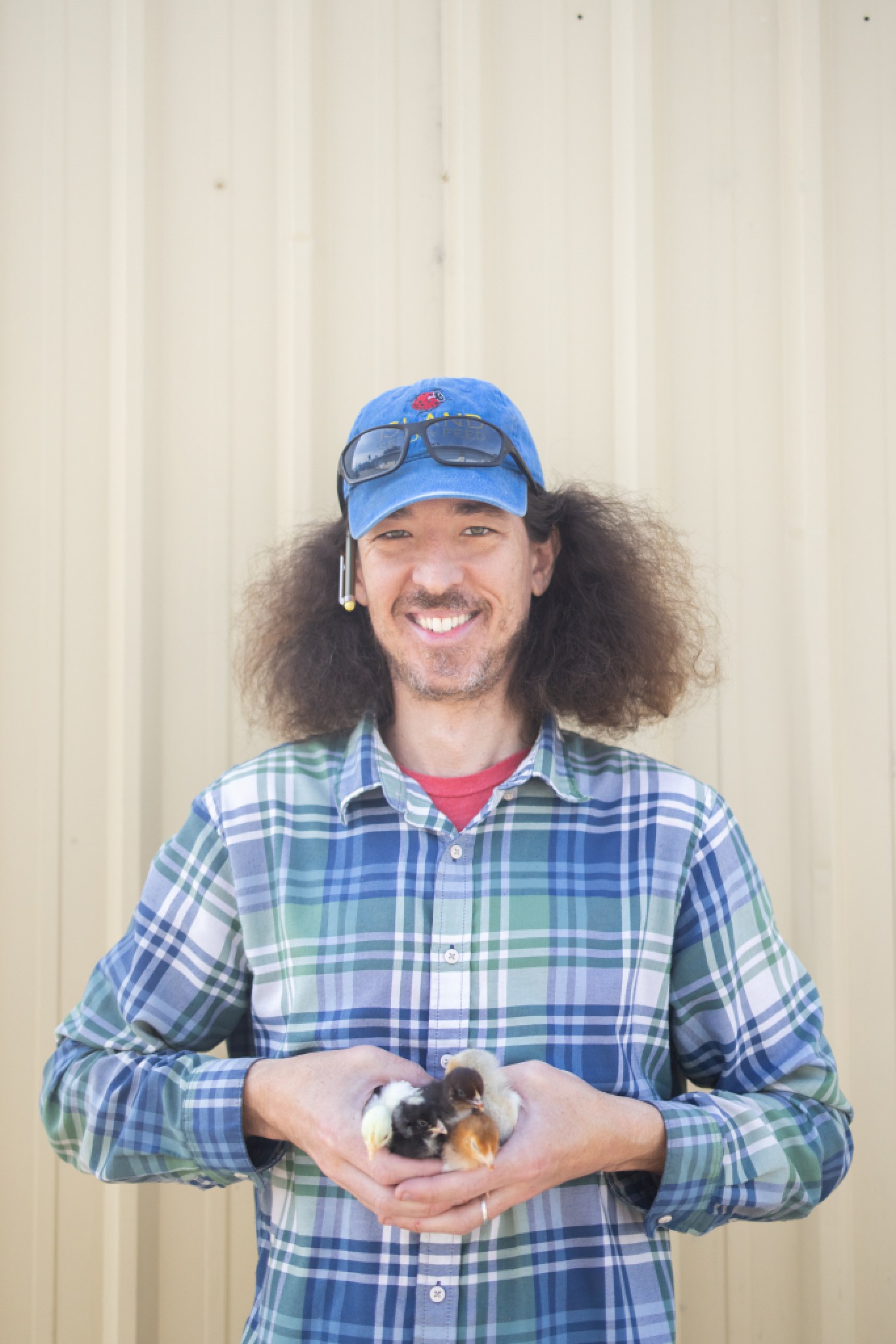
The Dos and Don’ts of Backyard Chickens
Hint: You Don’t Plant the Eggs
By Tyler Hayden
Besides all the eco-obvious benefits of raising your own chickens — free fertilizer and pest control, a natural food-scrap disposal system, and all those fresh eggs with almost no carbon footprint — they’re a lot of fun.
They’re also a good amount of work. “Somewhere between a dog and a cat” in terms of upkeep and care, said Matt Vogel, poultry patriarch of Island Seed and Feed. “Like any pet, they come with responsibility.”
The longtime family operation on South Fairview Avenue has emerged over the years as the go-to place for residents up and down the Central Coast to buy chicks and learn how to tend a backyard flock. Their experience and expertise run deep, with free care guides available at the store and online.
Here are a handful of dos and don’ts as explained by Vogel. But before you buy, be sure to continue your research. Or better yet, swing by the store and let the team educate you.
Dos:
Learn the chicken laws where you live. Every jurisdiction is different (number of birds permitted, roosters allowed or not, etc.) and homeowners associations often have their own rules.
Build the coop large. “Less space equals more issues,” such as disease, said Vogel. And be sure to reinforce it well against predators. Island Seed & Feed has a demo coop in their side yard to illustrate proper construction methods and layout.
Look at all the breeds available for order. Their different “personalities, predilections, and looks” are endlessly entertaining, said Vogel. He’s partial to the Speckled Sussex. “They’re really personable and clever and usually the first ones out of the coop,” he said.
Consider buying at least three chickens. They’re flock animals and need a buddy, and it’s good insurance if something should happen to one. A maximum of four to six is plenty for a backyard, Vogel said.
Pay attention to the pecking order. Chickens naturally create their own feeding hierarchy, and knowing where your birds fall in line can avoid unnecessary confrontations.
Take a minute to also check out the store’s turkeys and ducks, when they’re available.
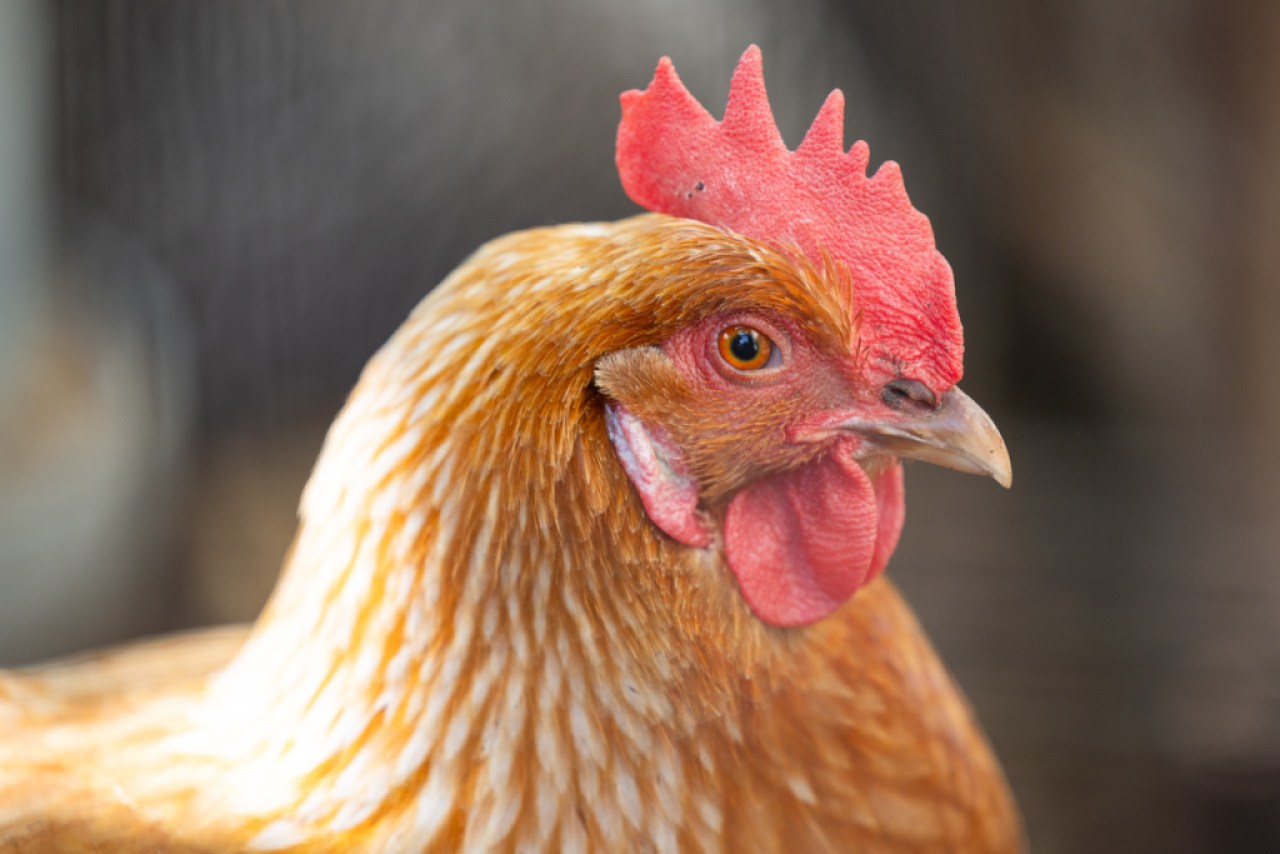
Dont’s:
Expect eggs for at least six months if you buy day-old chicks. And don’t think your grown chickens will lay forever. They peak after about two years.
Intermingle chickens with your dog if your pup has strong predatory instincts. And consider your neighbors’ dogs. They’ve been known to break through fences. Otherwise, chickens, dogs, and cats can usually coexist peacefully.
Underestimate the upfront investment. “Short term, it’s going to cost you money to set things up,” Vogel explained. “The first egg is really expensive, and they get cheaper from there.”
Dive in unless you’re committed, because you really become a parent to your chickens. “If you buy day-old chicks and hand-raise them, they will imprint on you,” Vogel said. “You’re mama for life.”
Be intimidated. Yes, there’s a lot to know, “but it’s not so complicated you can’t learn,” said Vogel.
Think your question is stupid. The folks at Island Seed & Feed have heard it all. They’ve been asked about breastfeeding. Twice. They’re always happy to help, and if an issue arises beyond their purview, they can connect you with local veterinarians who specialize in poultry.
See islandseed.com.
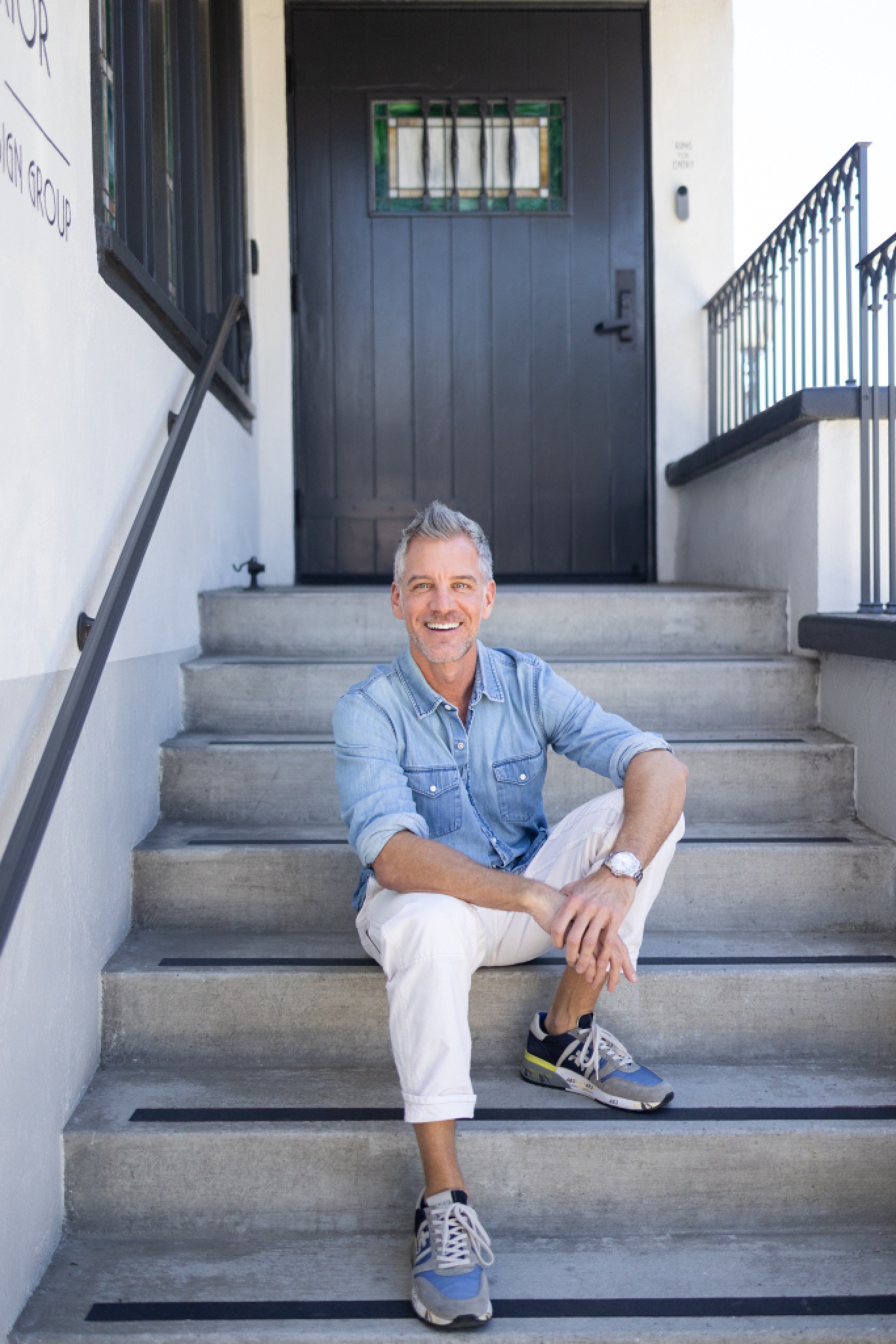
Historic Santa Barbara Church Now a
Design Sanctuary
Ministry of the Interior Carries Vintage and Contemporary Home Goods,
Many of Them Sustainably Made
By Tyler Hayden
The big gothic building on East Gutierrez Street — erected in 1926 by the Second Baptist Church, one of the first two Black churches in Santa Barbara, before becoming a locals’ favorite skate shop — has been reborn once again.
Ryan Brown and his interior design firm recently brought the “structure of merit” back to its original architectural glory, working with a city historian, longtime congregation member, and the church’s original glazier to recapture as much of its physical legacy as they could, including the cream-colored stained-glass windows lined with emerald and amber panes. “We really wanted to do it justice,” Brown said.
Opened last spring, Ministry of the Interior is an airy, arched-ceiling space with dramatic new trusses and custom art-deco chandeliers that serves as both a studio for Brown Design Group (his office occupies the former rectory) and a showroom of vintage and contemporary home accessories, ceramics, books, and art (with stairs leading up to the choir loft).
The variety of items and their backstories reflect the aesthetic Brown goes for when he puts rooms together. Handmade trays from Mexico City, vintage Japanese vases, a framed pen-and-ink sketch by a Santa Barbara artist — “Our aim is always to create a space that looks like it was collected and curated over time,” Brown said. “And hands-down,” he continued, “my favorite part of a job is the accessories,” using the analogy of dress clothes and jewelry. “Budget-wise, it’s only about 5-10 percent, but the impact on the home is massive.”
Brown spent the past year traveling to more than 20 countries — England, Denmark, France, Spain, Canada, Singapore, Thailand — scouring shops and markets for pieces that jumped out at him. He would then track down the maker through the seller or through Instagram. “I met a number of really amazing artists who were shockingly not well-represented,” he said. He also found a number right here in the U.S.
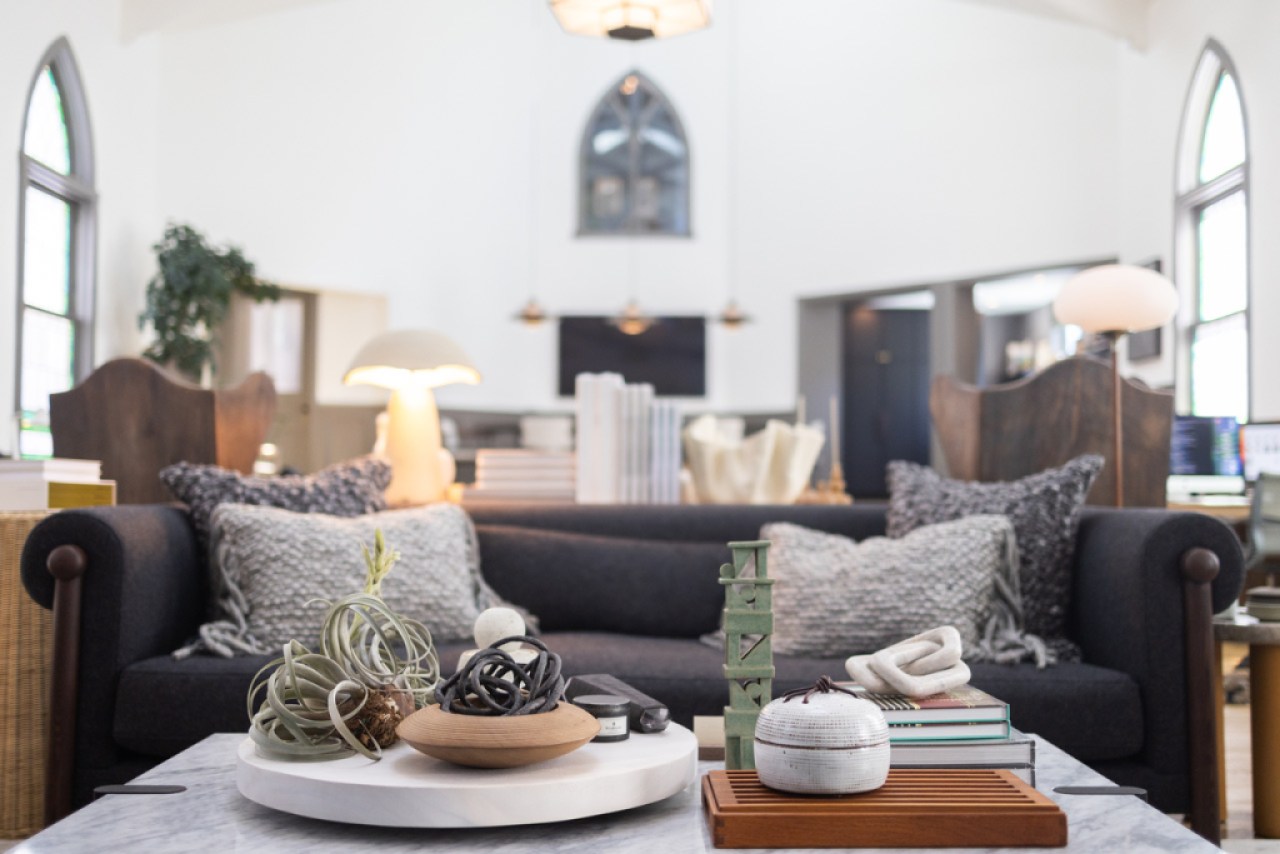
Currently featured at the Ministry are ceramics by Julia Archer out of Illinois, tabletop sculptures by Barcelona’s Aaron Kllc, and crystal and leather creations by L.A.-based Matthew Ready. Many of the makers use recycled and sustainable materials, Brown noted, and all of their vendors practice ethical labor. The textile company they carry, Fibre, produces all of their goods using sustainable forms of energy and has reduced their water usage by 15 percent each year. Mifuko produces all their baskets using small-scale farmers, and most of the store’s ceramists are either one-person shops or small teams, so no outsourcing is involved.
Brown — Oxnard-born, L.A.-raised, and now a full-time Santa Barbara resident with his partner in business and life, Diego Monchamp, and their daughter — said his eye for design came from his father, a custom homebuilder. They would drive north to Santa Barbara to study its architecture, the best anywhere in Southern California, his dad would say. They critiqued good and bad aesthetic choices, and they spent a lot of time at the courthouse. “It’s still one of my favorite buildings of all time,” Brown said.
The Second Baptist congregation was happy to see their former home go to Brown and his company, as they weren’t exactly thrilled with the name of the previous occupant: Church of Skatan. Brown opted, however, to preserve the popular skating-themed Where the Wild Things Are mural on the beach side of the building.
See interiorministry.com.




You must be logged in to post a comment.